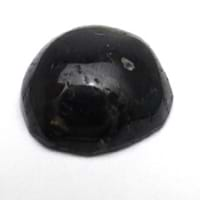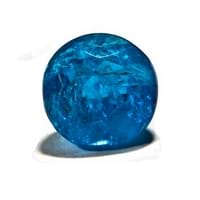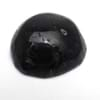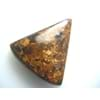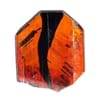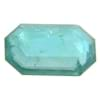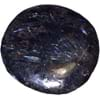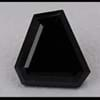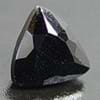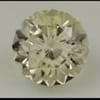Origin
Not Available, Southern and central Africa
Mexico, USA, Canada, Madagascar, Spain, Russia, Sri Lanka, India, Burma, Color: green, greenish yellow, blue, violet, Hardness: 5, Refractive index: 1.60 1.67, Density: 3.17 3.35, Chemical composition: Phosphate composition, Crystal structure: hexagonal, Lustre: vitreous, Origins: Mexico, USA, Canada, Madagascar, Spain, Russia, Sri Lanka, India, brown, green, Yellow, violet, brown, green, Yellow, violet
Color
Brown, White, Greenish, gray, Green, Brown, Brownish, White, Greenish, gray, Green, Brown, Brownish
Yellow, Green, Blue, Blue, Green, White, Yellow, Green, Red, Blue, Green, Colorless, Yellow, Blue, Violet, pink, Brown
For which Rashi?
Not Available
Gemini
Planet
Not Available
Mercury
Element of Planets
Not Available
Earth
Energy
Not Available
Projective
Finger
Not Available
Not Available
Ring Metal
Not Available
Not Available
Deities
Not Available
Jupiter/Neptune
Not to wear with
Not Available
Not Available
Powers
Not Available
Healing
Planetary
Not Available
Not Available
Talisman
Not Available
Not Available
Tenacity
Not Available
Not Available
Solubility
Not Available
Not Available
Durability
Not Available
Not Available
Specific Gravity
2.9-3.5
3.16-3.23
Fracture
Conchoidal, Brittle, Conchoidal, Brittle, Conchoidal, Brittle
Conchoidal, Uneven, Conchoidal, Brittle, ConchoidalArthur Thomas, Gemstones (2009), Conchoidal to uneven
Cleavage
{110} Perfect, {???} Distinct, {???} Distinct
[0001] indistinct, [1010] indistinct
Chemical Composition
(Mg,Fe2+ ) 2(Mg,Fe2+ ) 5Si 8O 22(OH) 2Anthony et al , Handbook of mineralogy (2001)
Ca 5(PO 4) 3(F,OH,Cl)Walter Schumann , Gemstones of the world (2001) More from other references
Luster
Vitreous, Pearly
Vitreous
Pleochroism
When Fe-rich
Blue stones – strong
Transparency
Transparent
Gemmological Tables (2004) More from other references
Refractive Index
1.603-1.690
1.628-1.651
Optic Character
Biaxial/+
Not Available
Crystal System
Orthorhombic Dipyramidal H-M Symbol (2/m 2/m 2/m) Space Group: P nma
Hexagonal
Birefringence
Not Available
0.002-0.008
Clarity
Transparent
TransparentUlrich Henn and Claudio C. Milisenda
Neurological
Not Available
Not Available
Cardiovascular
Not Available
Not Available
Respiratory
Not Available
Not Available
Reproductive
Not Available
Not Available
Digestive
Not Available
Not Available
Psychology
Not Available
Not Available
Healing
Not Available
Not Available
Qualities Associated
Not Available
Not Available
Anthophyllite Vs Apatite Fracture
Fracture is an important parameter when you compare Anthophyllite and Apatite Physical Properties. It is necessary to understand the significance of these properties, before you compare Anthophyllite Vs Apatite fracture. Whenever a gemstone chip breaks, it leaves a characteristic line along its breakage. Such lines are known as fracture and are used to identify the gemstones in their initial stages of production when they are in the form of rough minerals. Fracture is usually described with the terms “fibrous” and “splintery” to denote a fracture that usually leaves elongated and sharp edges. Fracture observed in Anthophyllite is Conchoidal, Brittle, Conchoidal, Brittle, Conchoidal and Brittle. Apatite fracture is Conchoidal, Uneven, Conchoidal, Brittle, ConchoidalArthur Thomas, Gemstones (2009) and Conchoidal to uneven.
